
Intel is preparing its Arrow Lake processors to rival the best CPUs in 2024. Igor's Lab recently dropped a bomb on the hardware world, leaking the performance projections for Arrow Lake. Making good on its promise, the German news outlet has revealed information on the forthcoming LGA1851 socket that will house the new Arrow Lake parts.
The LGA1851 socket, as its name reveals, will sport 1,851 pins, 9% more than the current LGA1700 socket. Increasing pins will help improve the I/O interfaces and close the gap with AMD's AM5 socket. As a quick summary, the LGA1700 platform only provides a single PCIe 4.0 x4 interface for SSDs. The downside to this design is that PCIe 5.0 SSDs have to fight with graphics cards for the available PCIe lanes. Igor's Lab provided the schematics for the LGA1851 socket, showing the increase in the PCIe area to provide more bandwidth. The LGA1851 will reportedly arrive with a PCIe 5.0 x4 interface, finally bringing native support for PCIe 5.0 SSDs. Therefore, the primary PCIe x16 slot will be left alone.
Additionally, Arrow Lake will seemingly offer a second PCIe 4.0 x4 interface for SSD usage. It doesn't provide the same features as Zen 4, but it's a welcome upgrade over Raptor Lake. For example, Zen 4 supplies a PCIe 5.0 x16 interface for graphics cards and up to two PCIe 5.0 x4 slots for SSDs. In a scenario where all M.2 slots and expansion slots are populated, the configuration drops to x8/x4/x4.
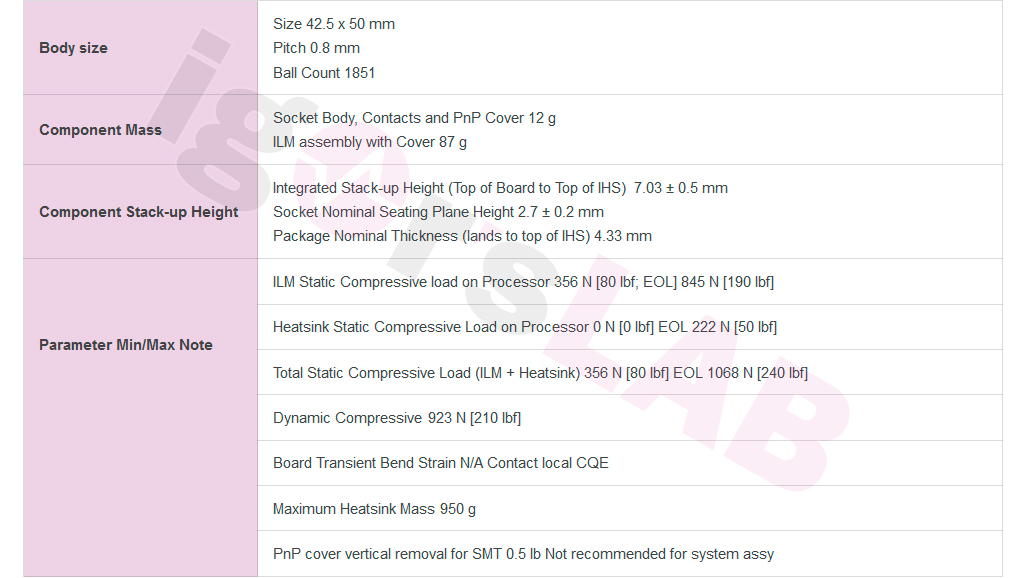
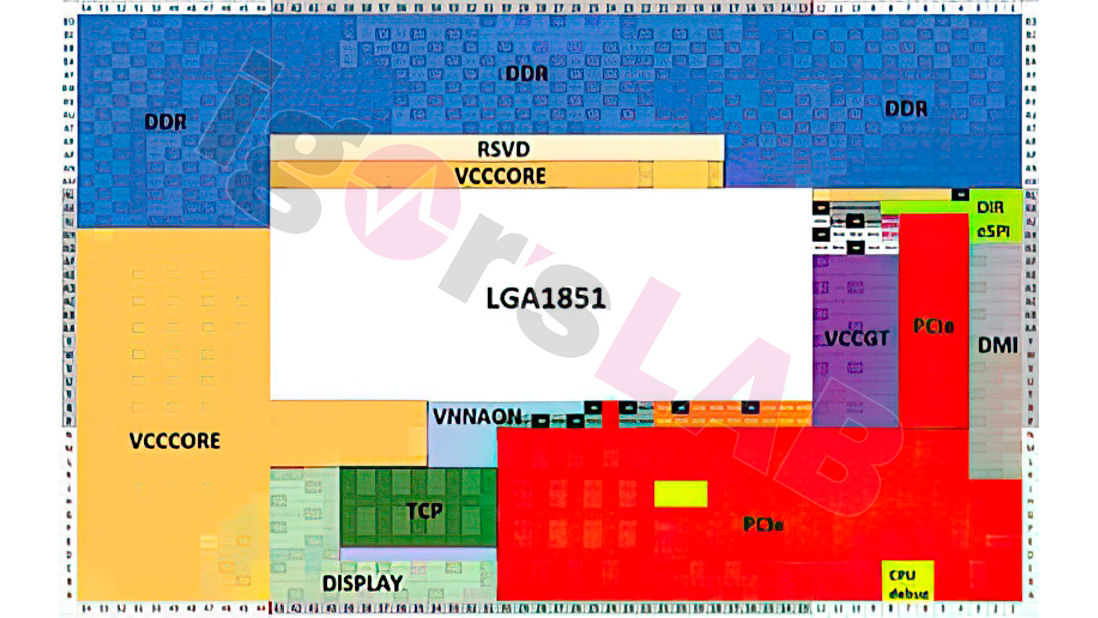

The LGA1851 socket measures 45 x 37.55mm, the same dimensions as the LGA1700. Therefore, the pin increase didn't affect the socket's size. The Z-height, the distance from the top of the motherboard to the top of the processor's IHS, and the tolerance limits didn't change. The Total Static Compressive Load is still the same as well.
Intel's Alder Lake processors suffered from warping and bending in the socket, which has made LGA1700 frames very popular. While the information talks about the Board Transient Bend Strain on the LGA1851 socket, it doesn't provide any guidelines. It just suggests that vendors contact a local quality engineer.
The maximum dynamic pressure for the LGA1815 socket has increased from 489.5N to 923N, an 89% increase. In layman's terms, it'll require more pressure from CPU coolers. You may be able to conserve your CPU cooler but will need a new mounting kit. According to Igor's Lab, Intel has reportedly sent information to CPU cooler vendors to prepare new cooling products for Arrow Lake processors.
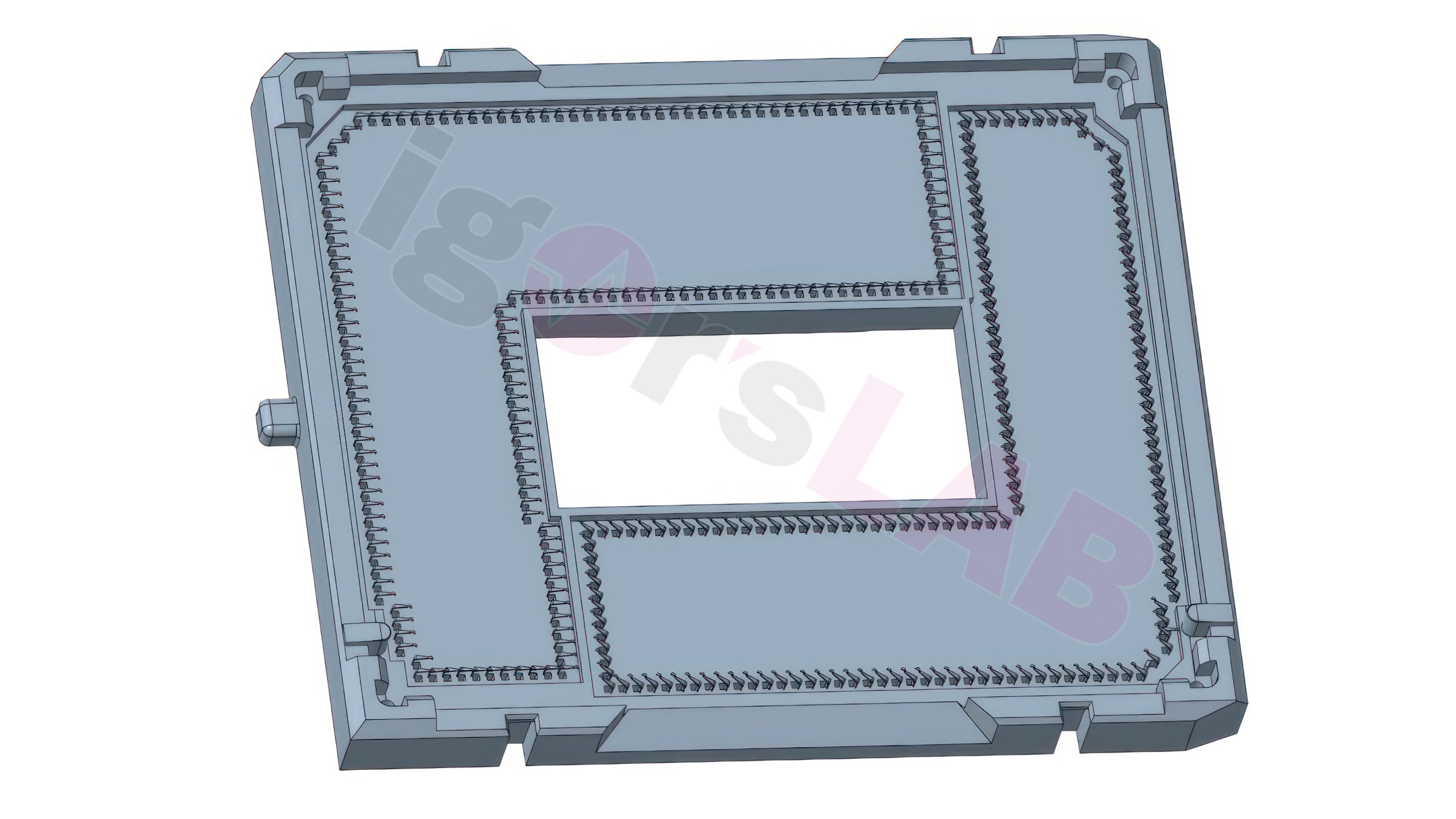
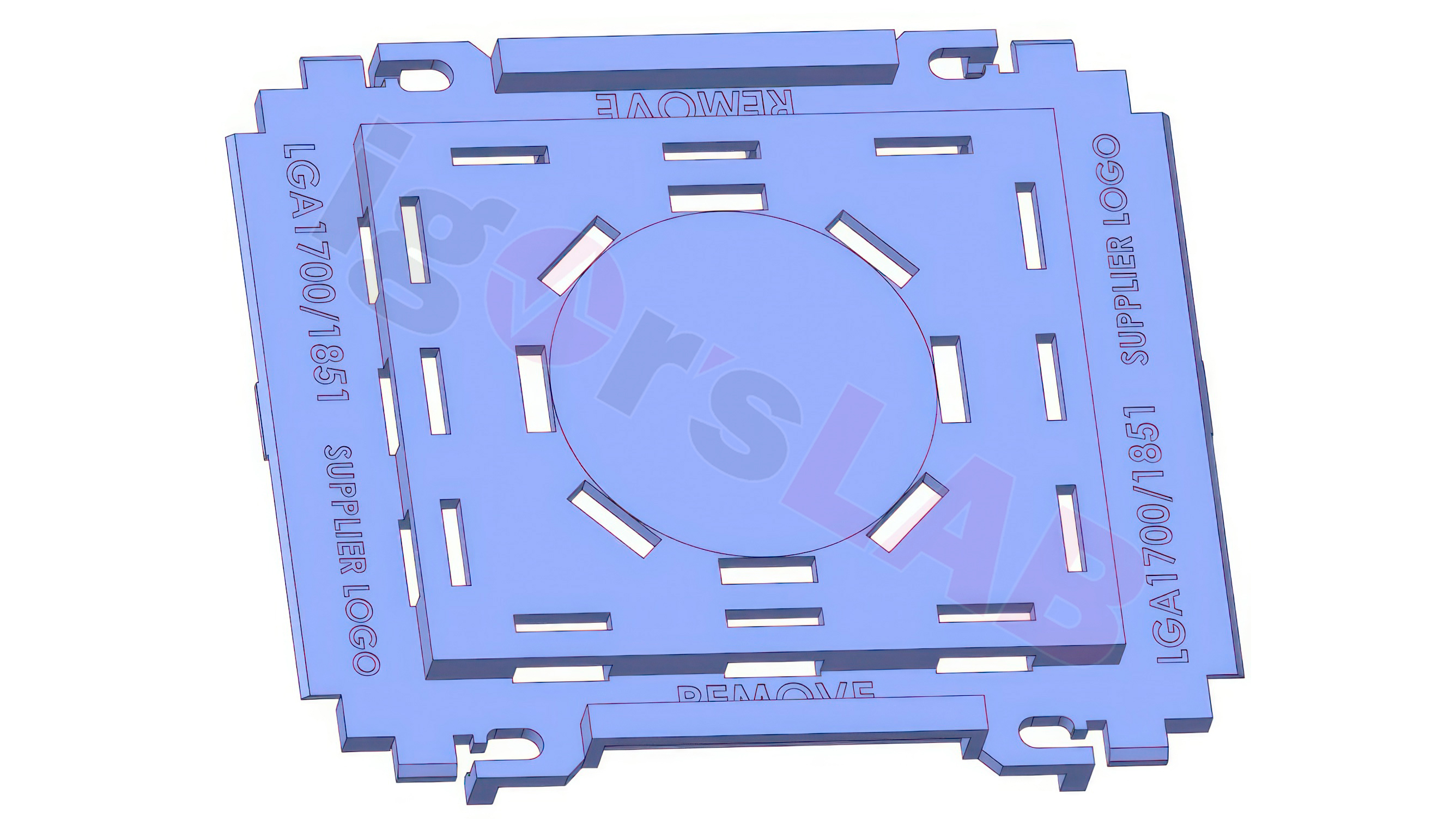
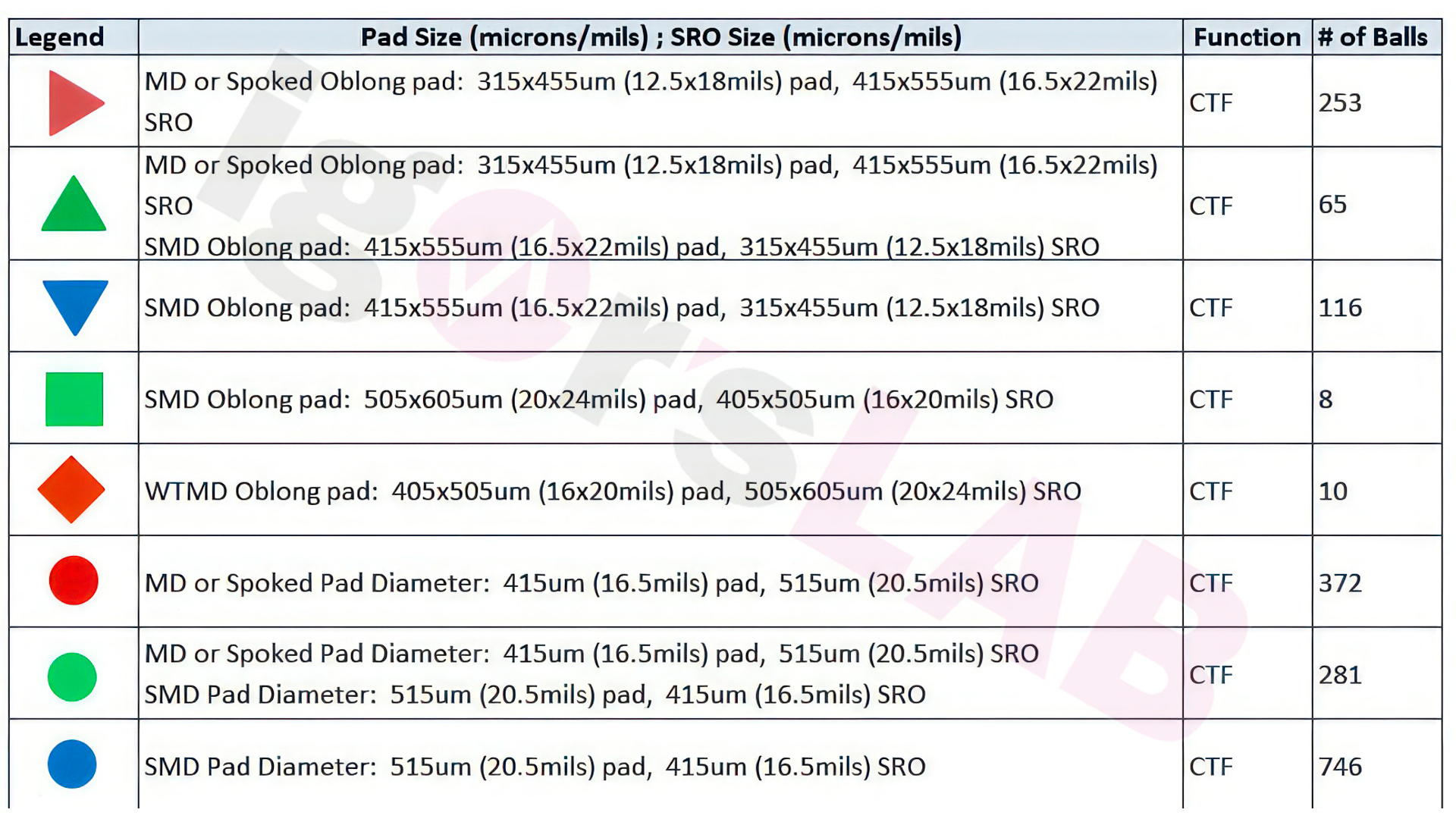
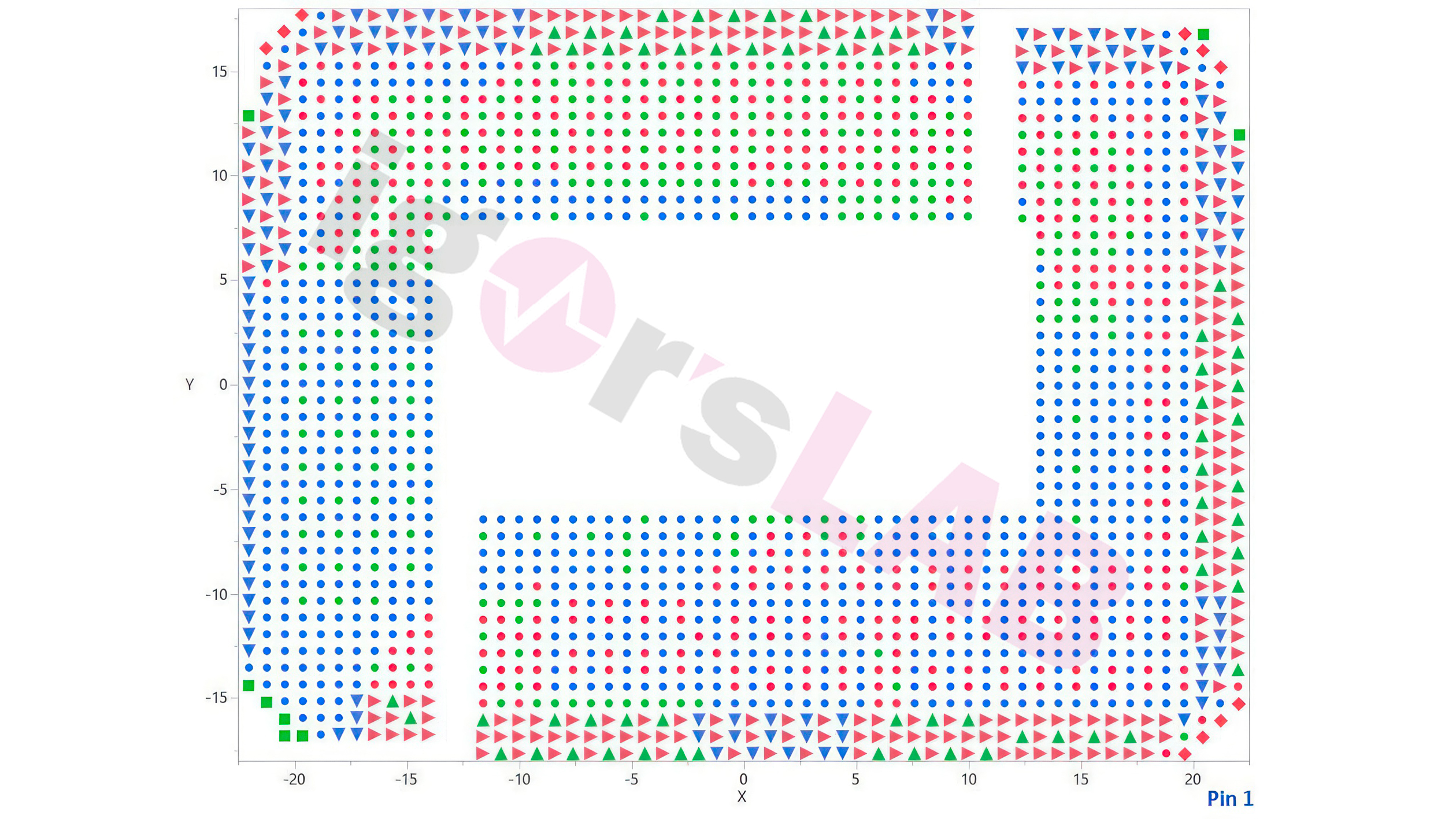
The diagrams reveal that the LGA1851 socket looks almost identical to the LGA1700. You couldn't tell the two apart if it weren't for the 151 extra pins. The design of the socket cover remains uncertain. One render shows the LGA1851 socket cover resembling the design that Intel has previously used for its HEDT LGA2066 socket. Another render shows an identical design to Intel's socket cover for the LGA1700 socket.
Meanwhile, the LGA1851 socket retention system is the same one that Intel uses for the LGA1700 socket. The processor installation process hasn't changed. You start by lifting the Independent Loading Mechanism (ILM) lever and aligning the processor with the socket cutouts for a proper installation. Then you lower the load plate, apply pressure to the lever downwards, and slide it into the retention tab, and the socket cover will pop right off.
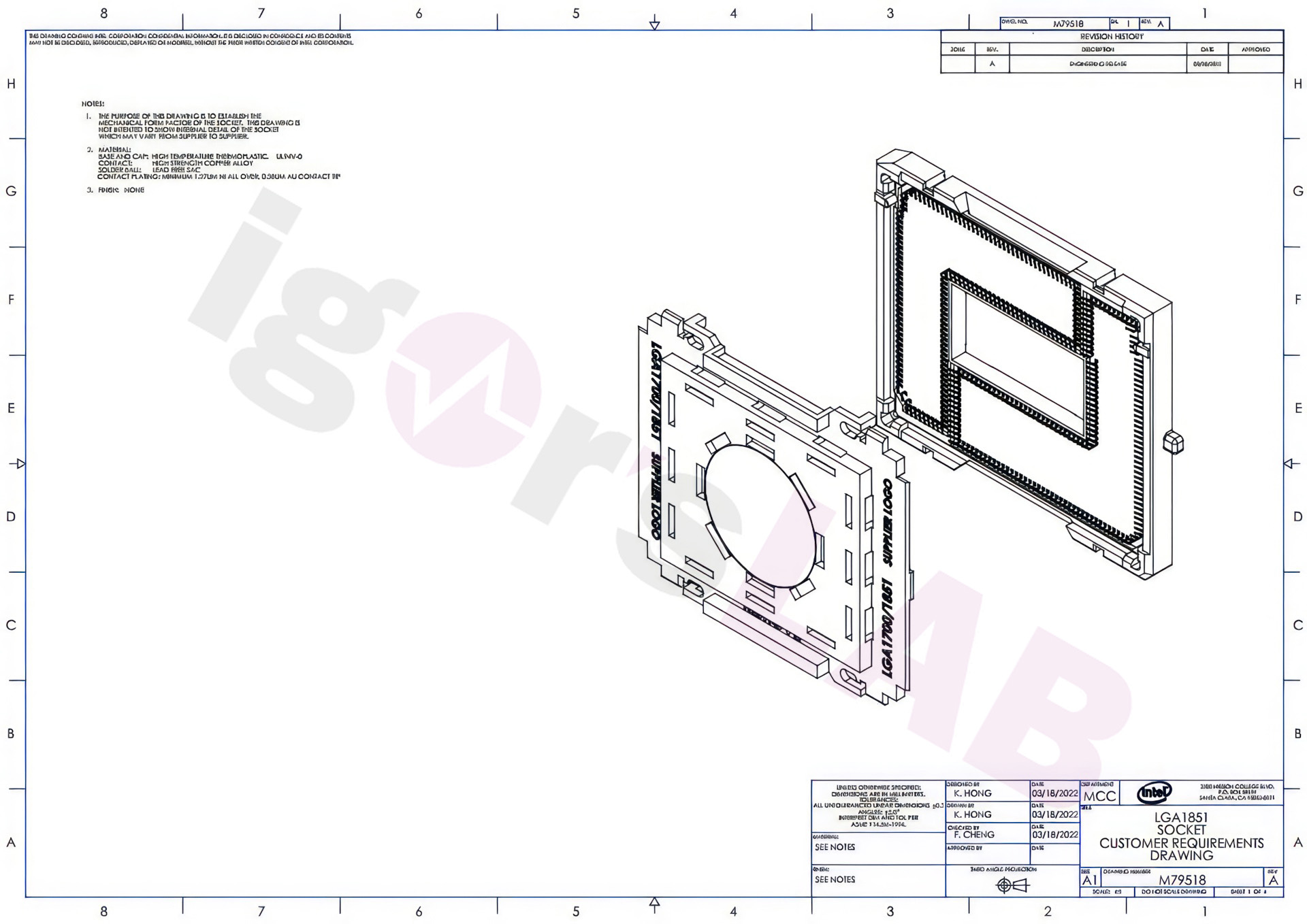
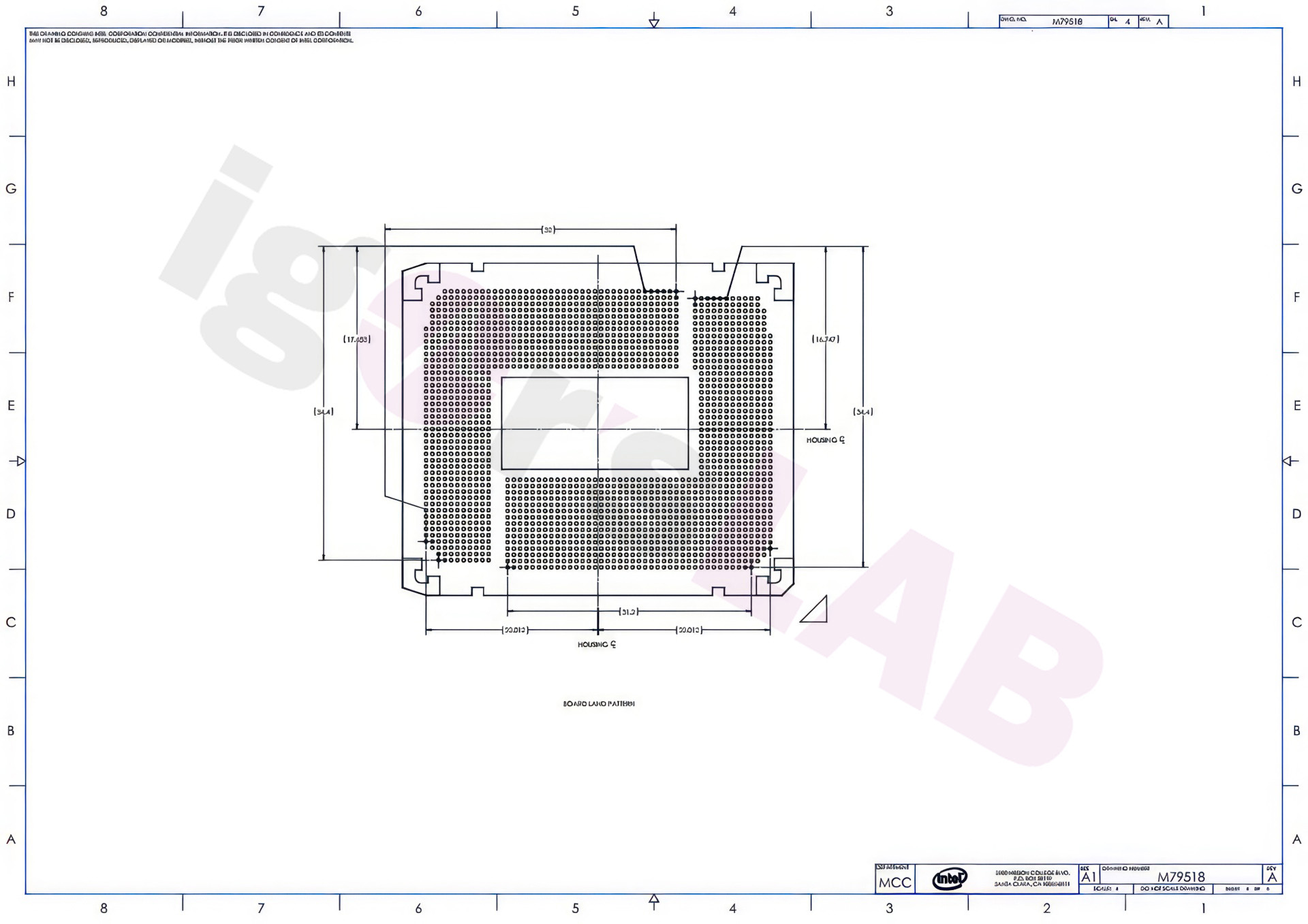
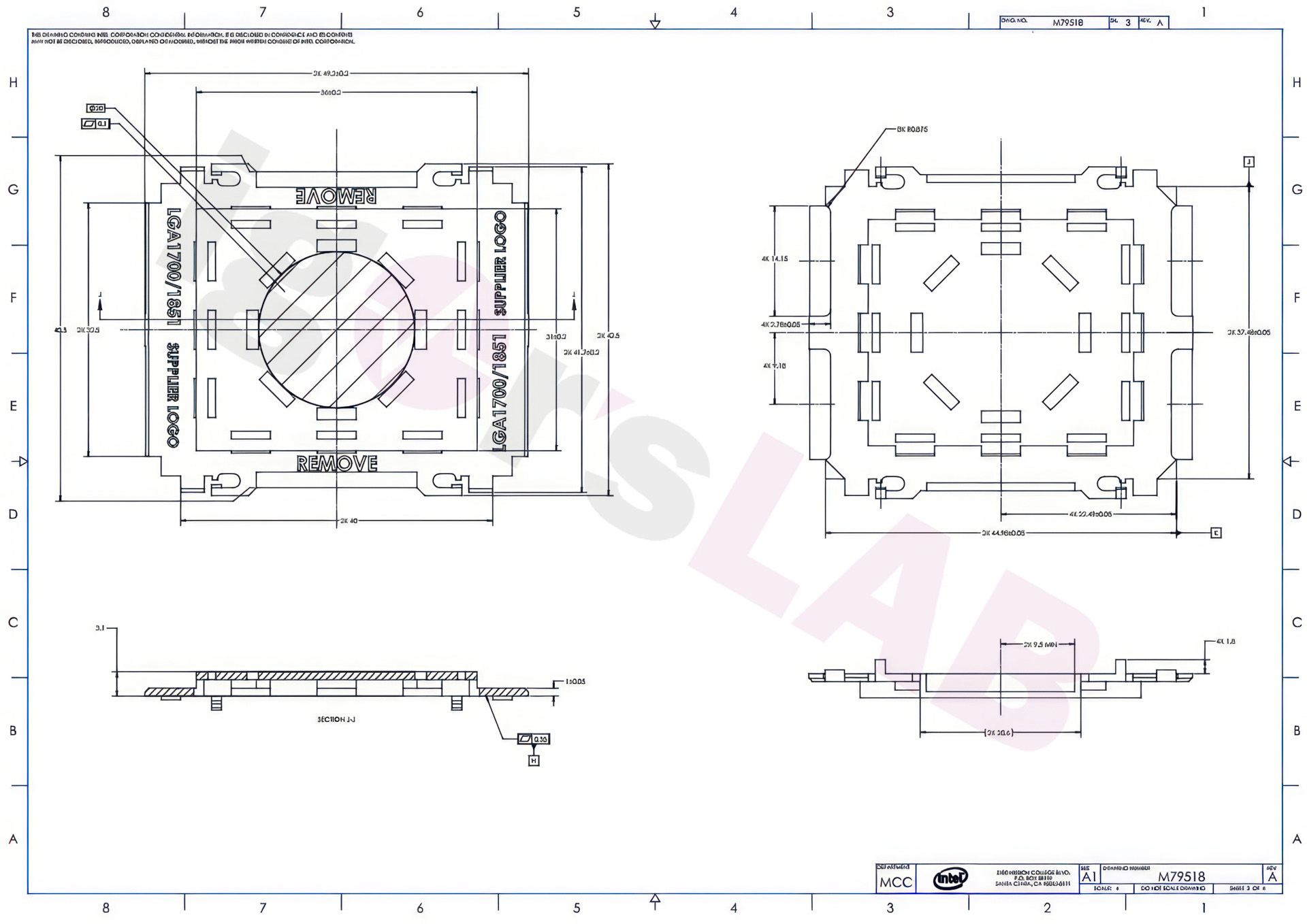
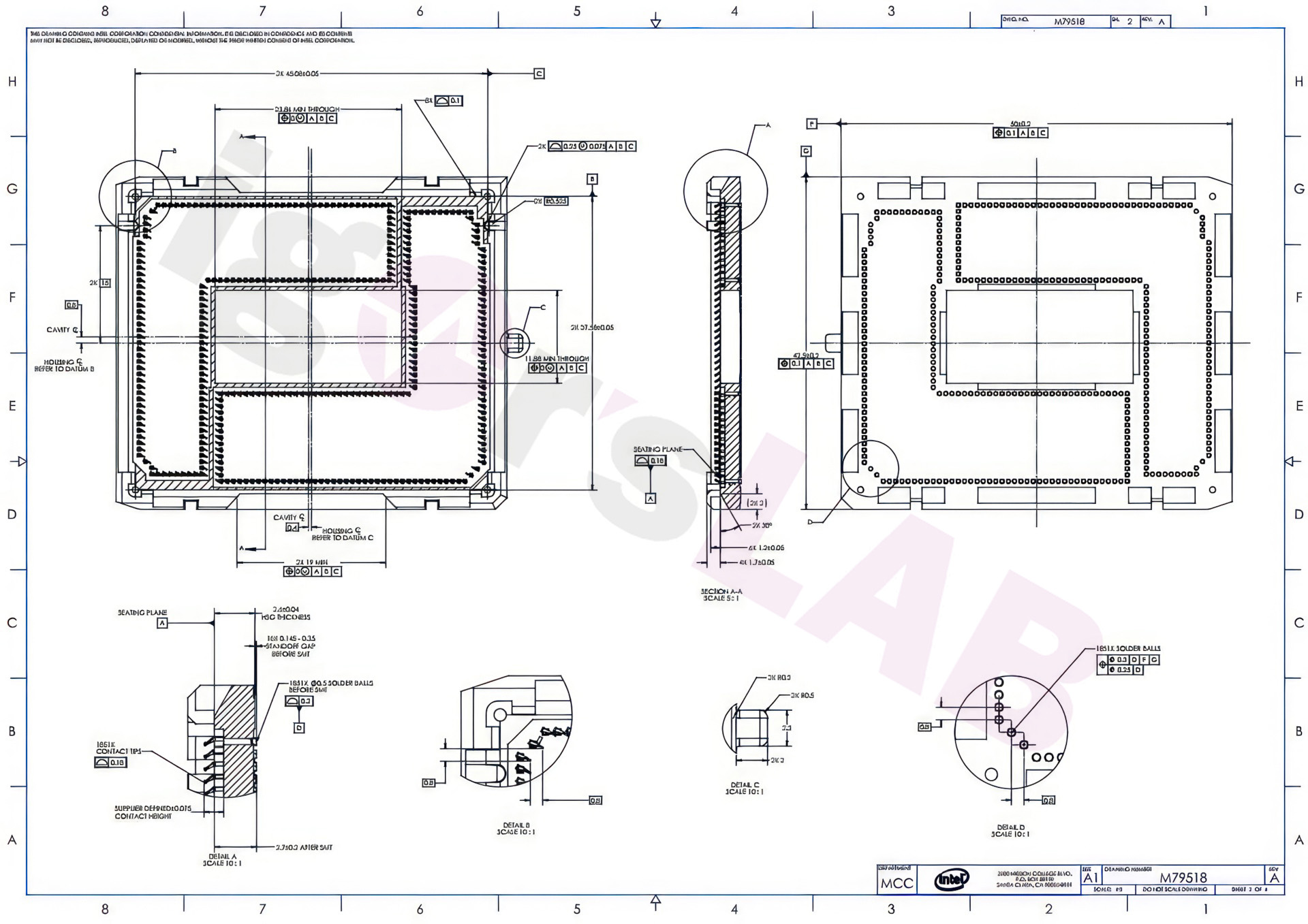
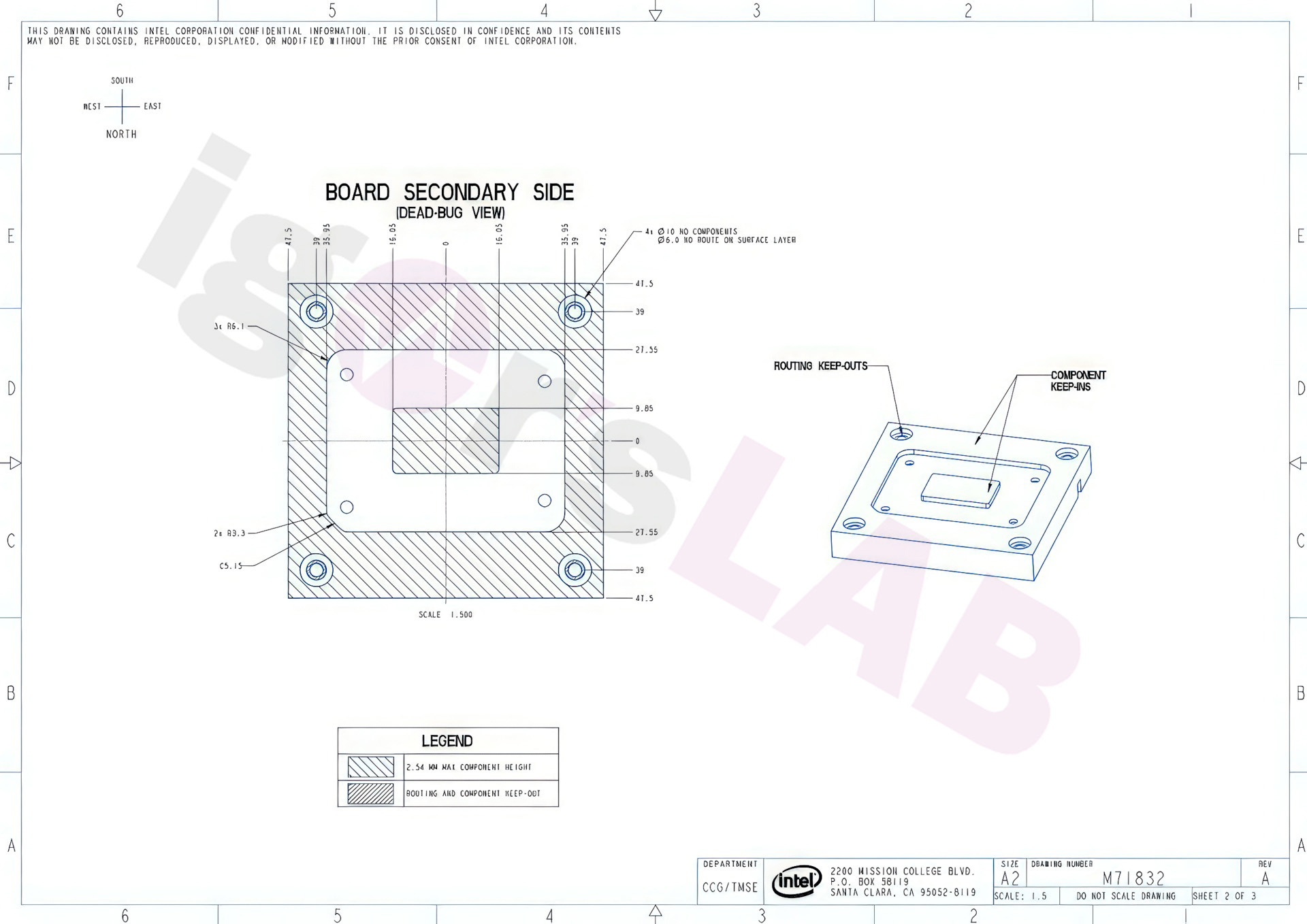
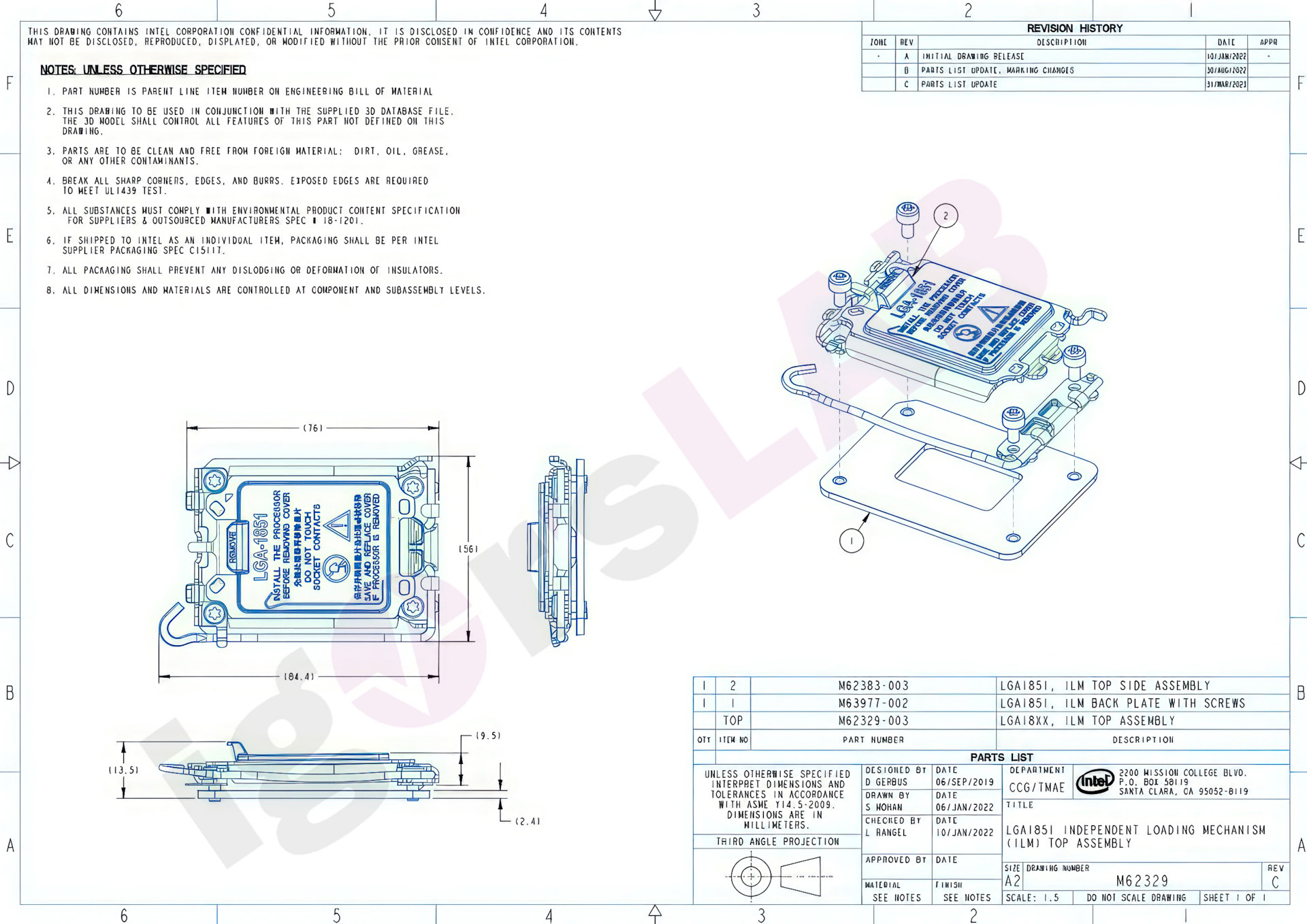
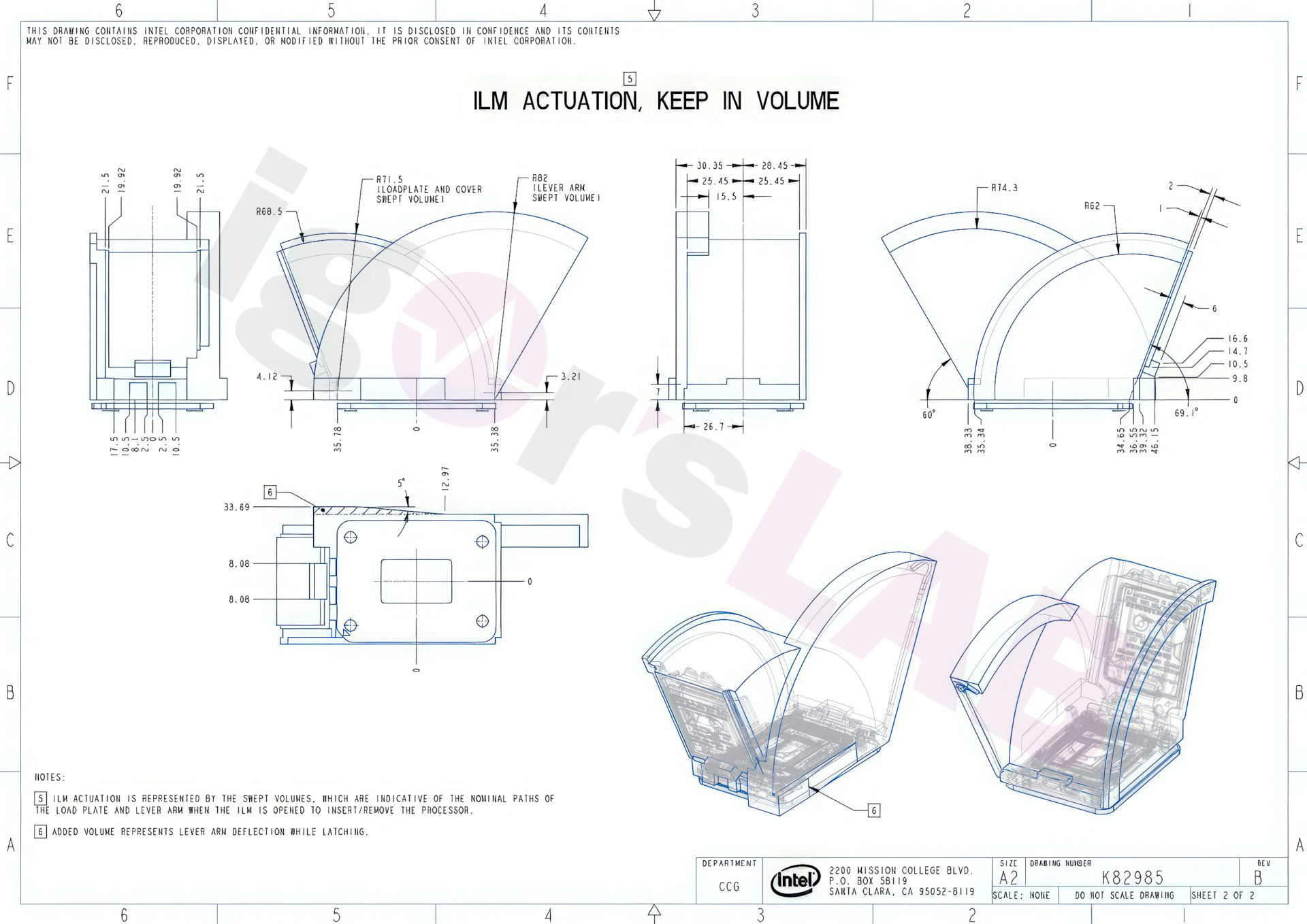
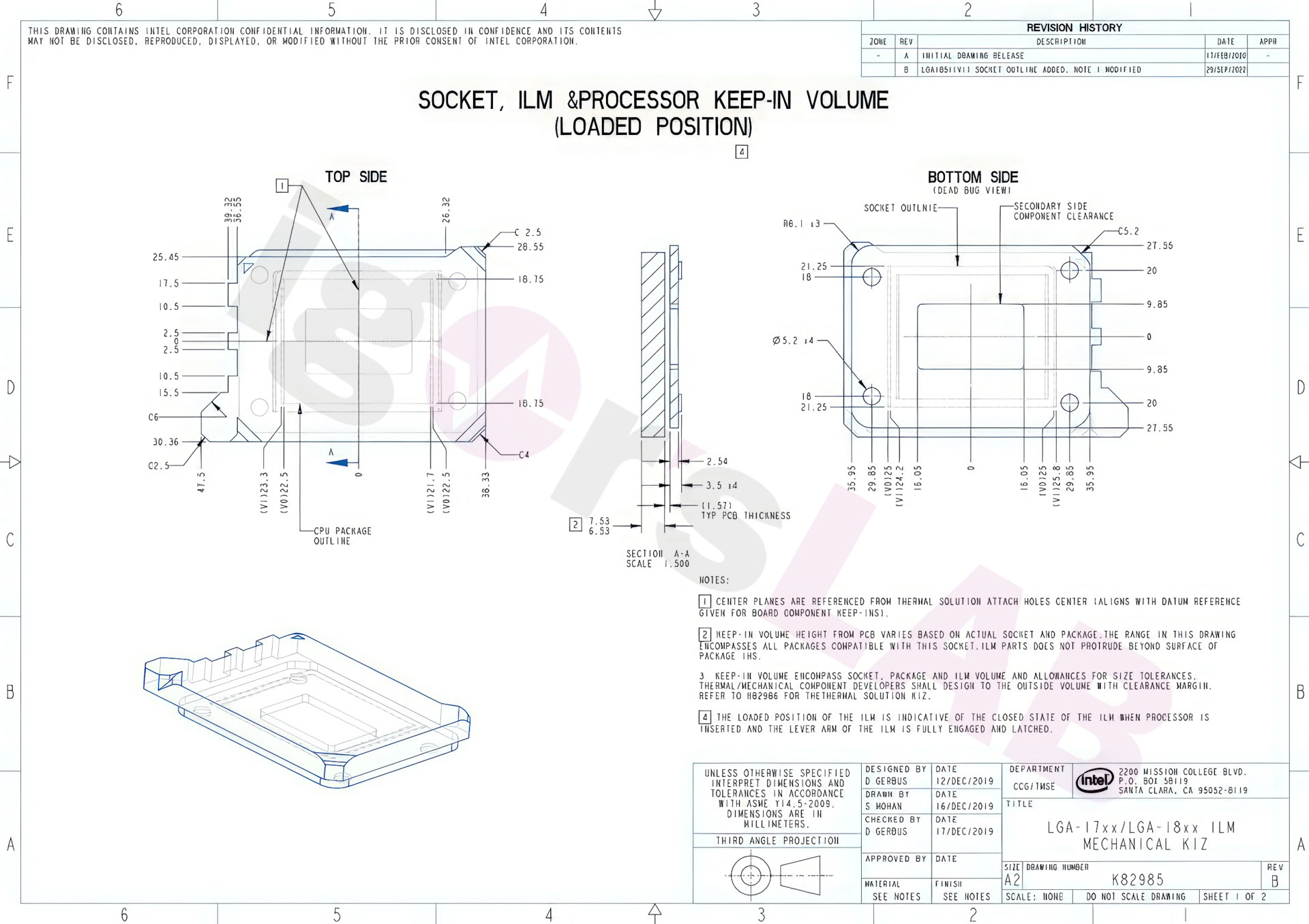
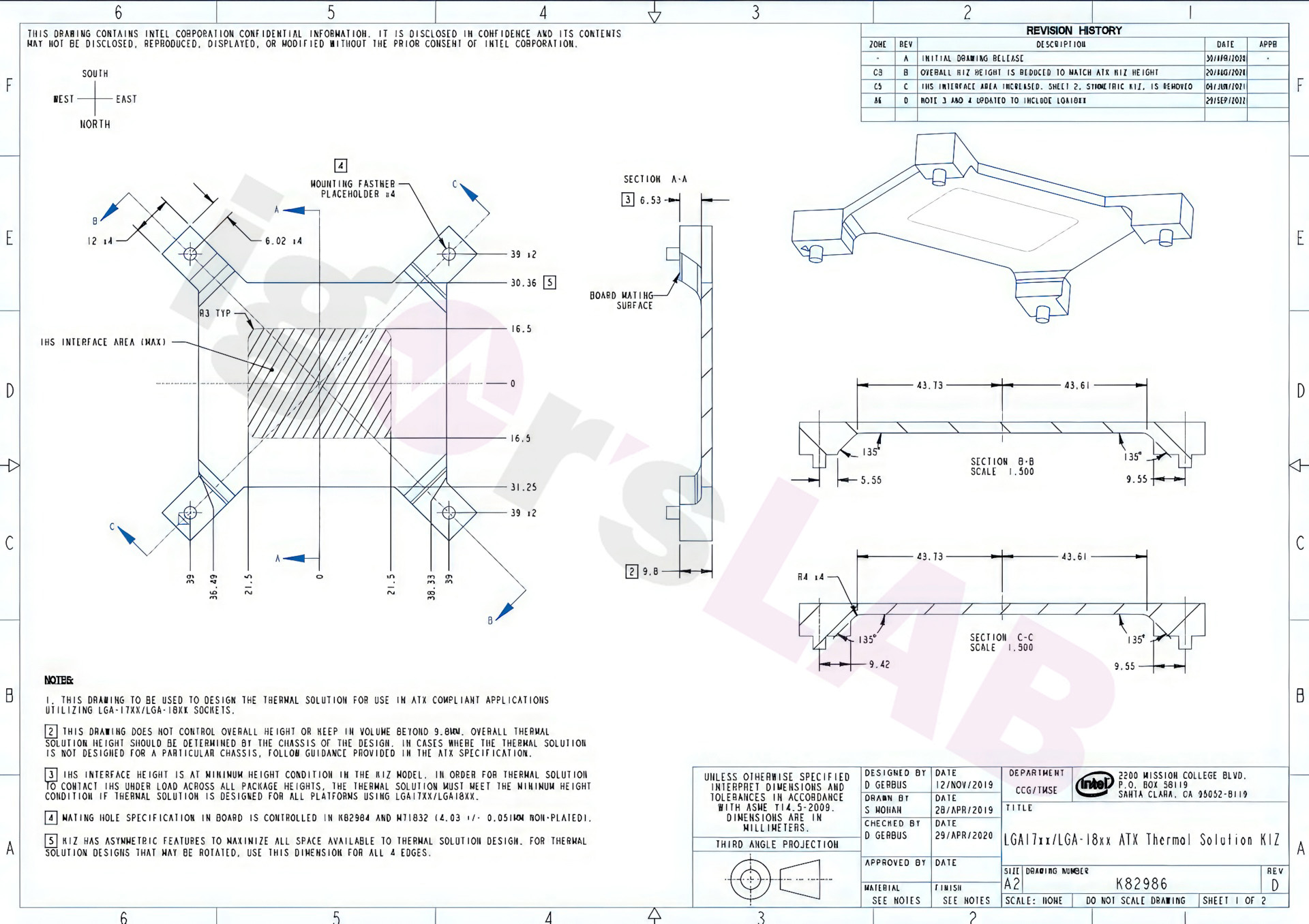
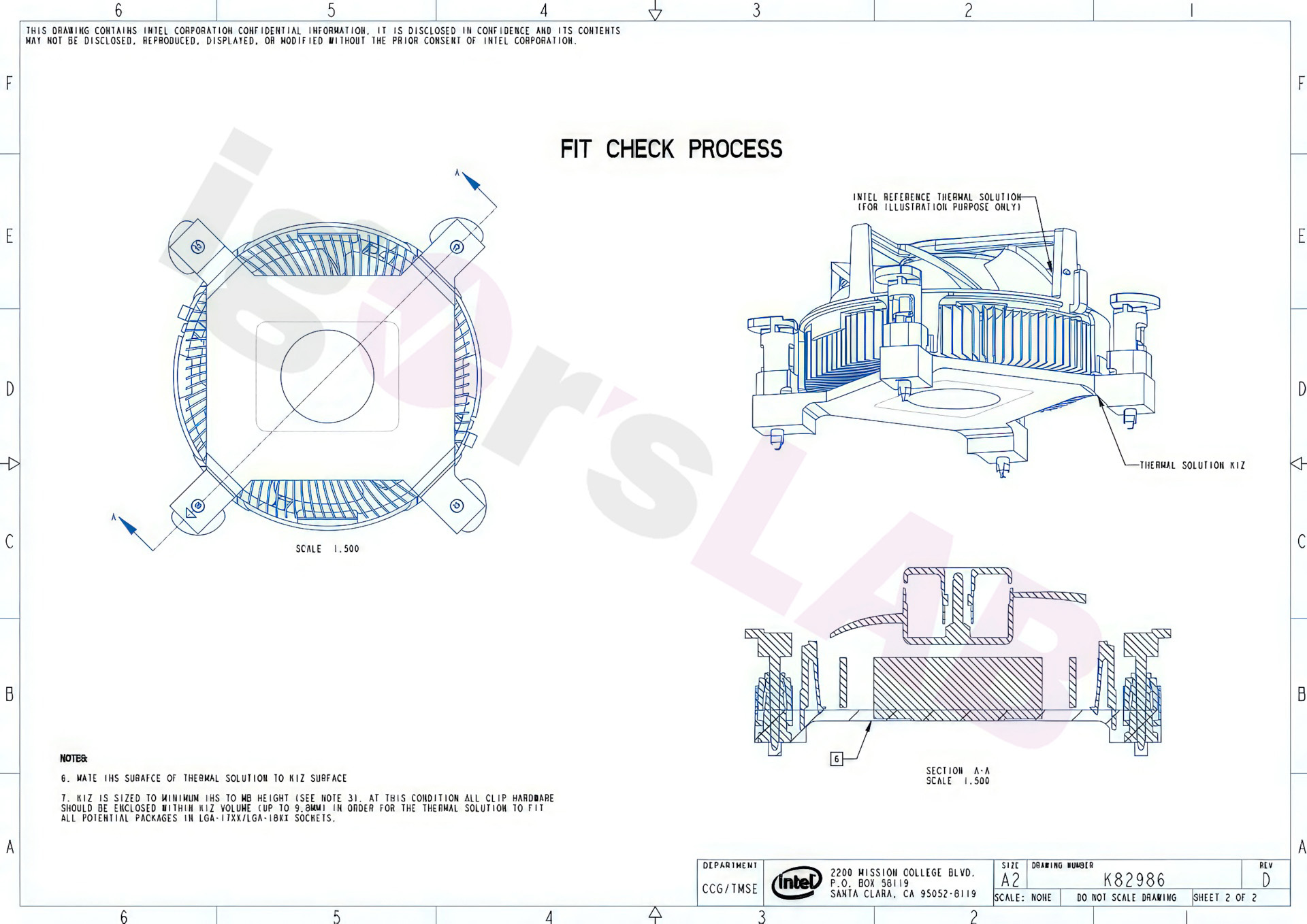
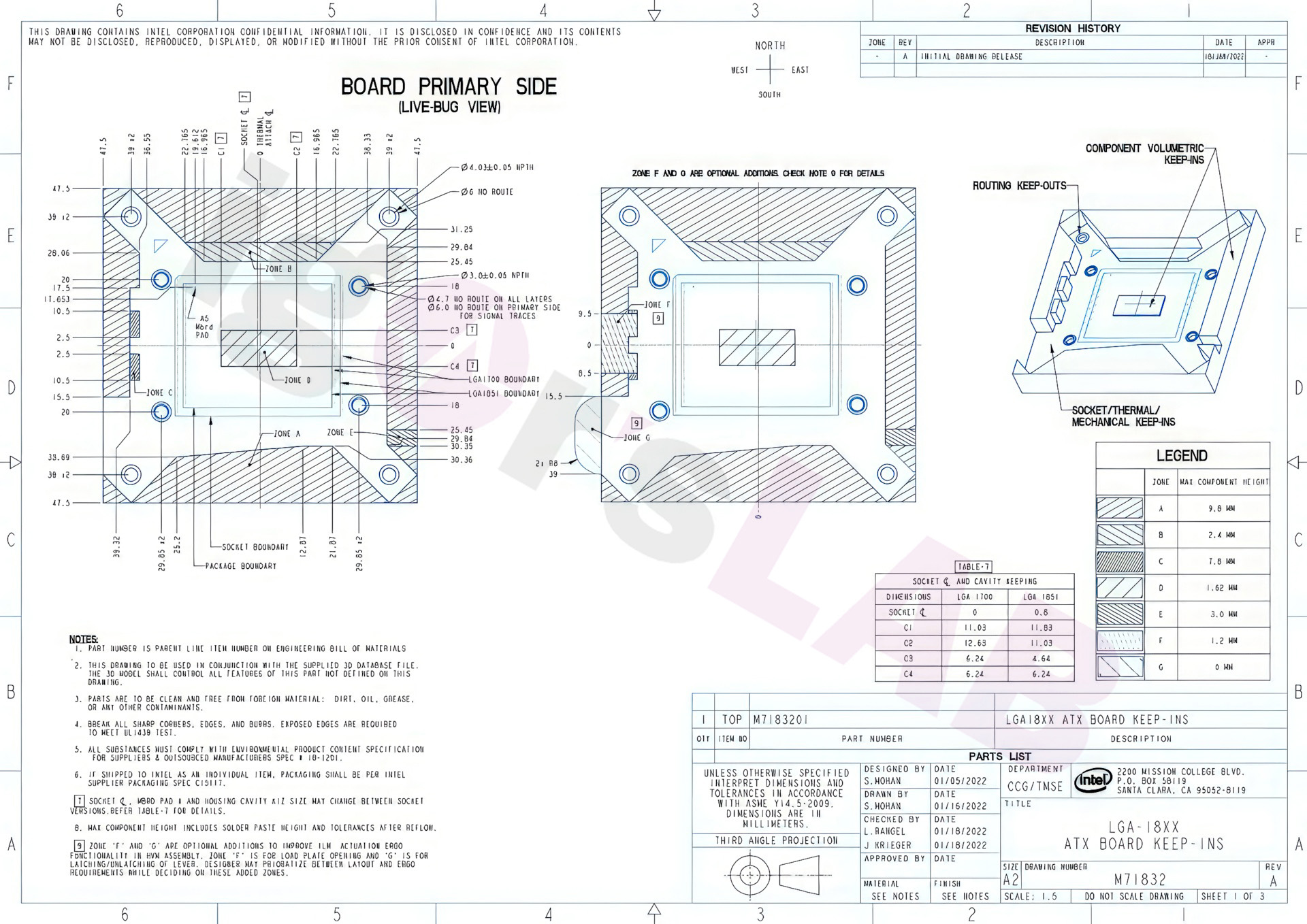
The LGA1851 socket was originally rumored for Intel's Meteor Lake and Arrow Lake processors. However, with recent rumors of Intel allegedly axing Meteor Lake for the desktop, Arrow Lake will be the first processor to slide into the LGA1851 socket. Arrow Lake won't arrive until 2024, so there's still a lot of time for last-minute changes.
Upgrading to Arrow Lake won't be cheap. The hybrid chips will require a new LGA1851 motherboard with an 800-series chipset and DDR5 memory. You won't be able to recycle your DDR4 memory for the next-generation chips. You may also need to buy a new CPU cooler, but we won't know for sure until Arrow Lake officially launches.







